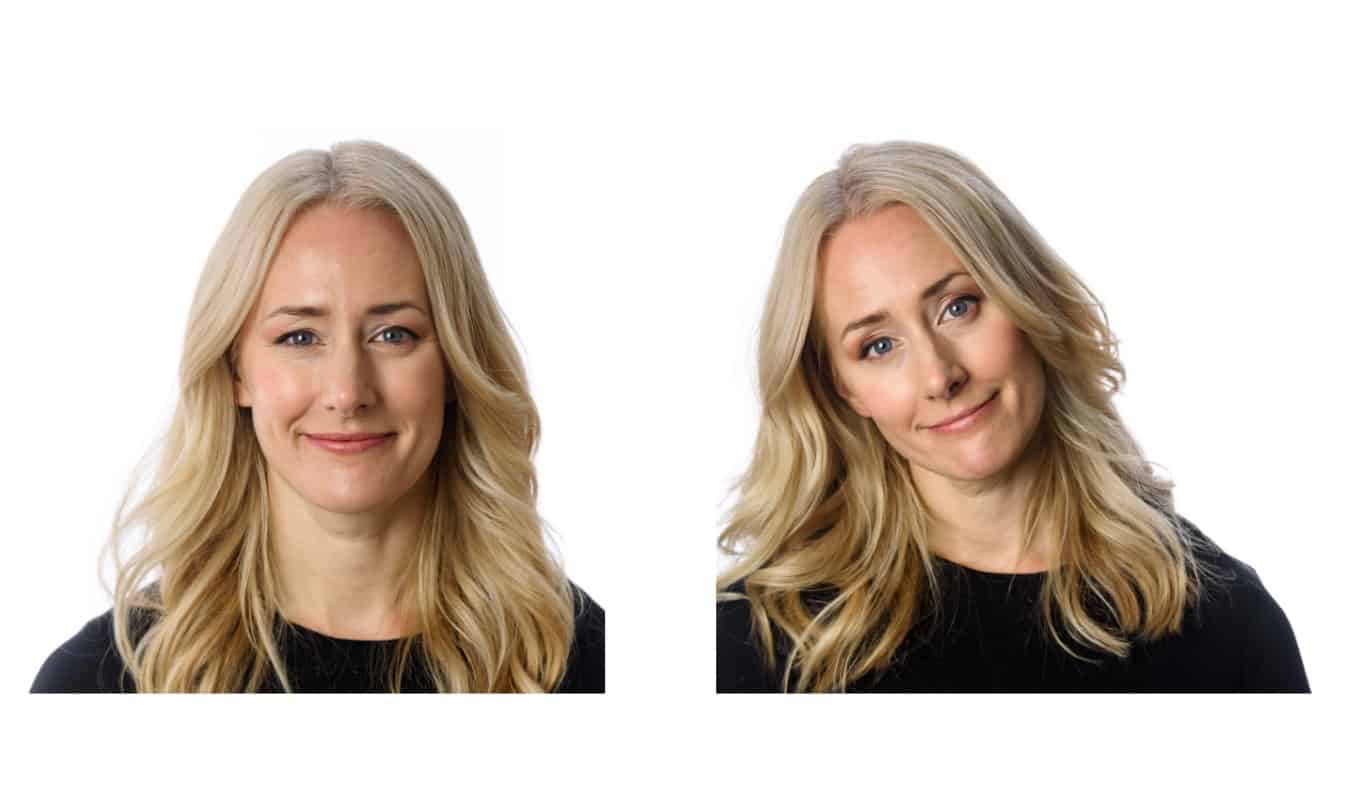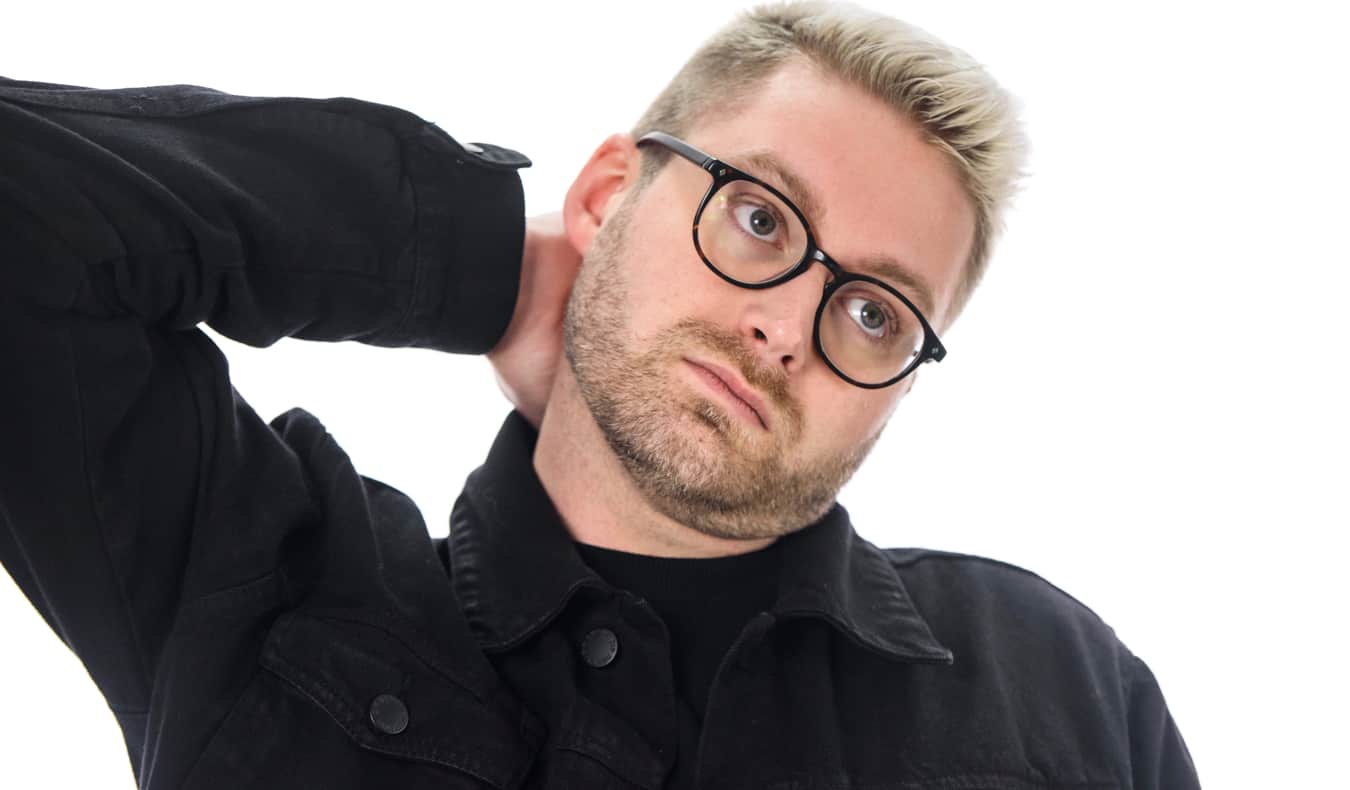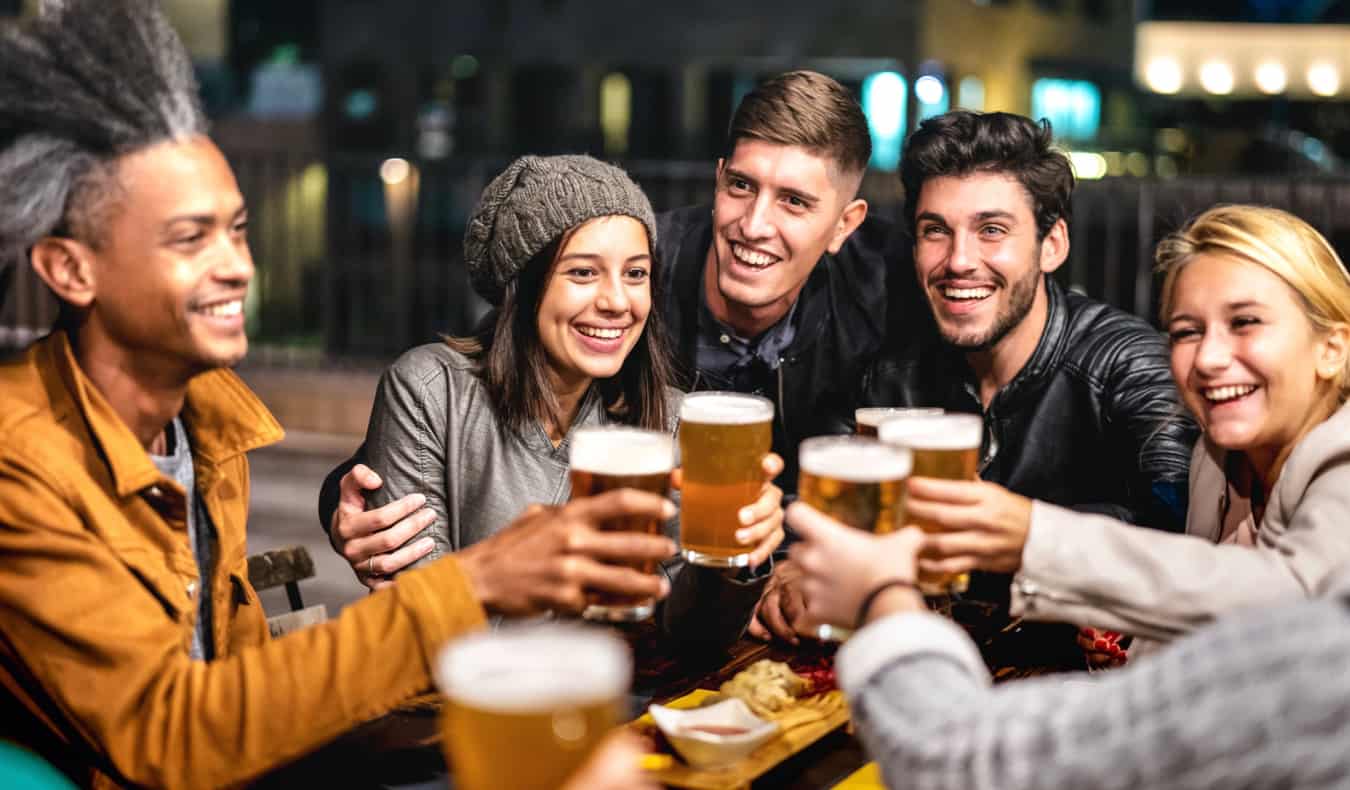How to Be a Better Traveler by Using Body Language Cues
TThe author of this article is Vanessa Van Edwards, a best-selling author and behavioral investigator of Science of People. A few years ago, she shared her skills on how to become more interesting in travel. Today, she will talk about the clues of using body language when traveling.
Many travelers focus on language skills for cross-cultural communication. This is helpful, but it is not enough! A better travel skill is to know how to use body language. A better travel skill is to know how to read and speak the common language of suggestion.
When researching my new book “Hint”. Mastering the Secret Language of Attractive Communication studies how people use body language gestures to communicate. From tilting your head to showing your open palm, you can generally show specific intentions.
Here are a few general hints. No matter where you are in the world, you can use them to convey your intention.
1.1. Head tilt
Want to show that you are listening, paying attention and participating? Use head tilt. This is a common open clue. This is because when we want to hear something better, we tilt our heads to expose our ears. This also makes the picture warm. Look at these two pictures of the same person. The tilt of her head warmed her immediately.

It is expressed by looking up. “I’m listening” or “Tell me more”.
2.2. Forward tilt
Leaning forward means that you use the angle of your body to show attention. Specifically, we point our three T’s (toes, torso and top) to what we are focusing on. Our physical direction indicates others’ psychological direction. Leaning forward is a good clue to know what others are thinking.
When someone wants to leave, they will turn their toes to the exit.
When two people are having a wonderful discussion, their whole body is like toes, hips and shoulders on parallel lines.
When a person is hungry, they tend to move in the direction of the buffet.
You can use forward tilt to show what you are paying attention to, and observe the forward tilt angle of other people to see where their minds are.
3. Eyebrows up
When we raise our eyebrows, we send a signal that we want to see more. It’s like we want our eyebrows to move away so that we can see something or people better. Raising eyebrows is a positive social hint. Generally speaking, raising eyebrows is a sign of recognition. Researchers found that we raised our eyebrows to show our intention to communicate. This is because raising our eyebrows can increase the distance that the observer can detect the direction of our eyes.
This is the fastest way to convey interest, curiosity and attention. We can use it as a shortcut in many cases. for instance.
When we are seeking confirmation — we may raise our eyebrows in a soft question. “Does it make sense?”
When we are actively listening. Researchers have found that raising eyebrows can be used to indicate agreement in conversation.
When we want to emphasize a point of view. When you raise your eyebrows, others will be prompted to pay attention and are more likely to make eye contact with you.
Special note: raising eyebrows can also be used to express romantic interest. If you are in a bar or club, you should only use eyebrows when you have romantic intentions.
4. estrangement
When we don’t like something, we have the impulse to keep a distance from it physically. When we think something is threatening or dangerous, we want to stay away from it as far as possible. If you see a sudden alienation, be careful that you just make others feel uncomfortable. Always pay attention to sudden alienation. For example.
Take a step back.
Lean back on the chair.
Turn your head or body away.
Move back.
Turn around and look at your mobile phone.
Tilt back.
5. Open your palm
Want to gain trust? Show your open palm and immediately reassure others. This is because our primitive brain interprets closed hands as possibly waving weapons. The open hand gives us more credibility and can be used according to the situation.
Use gestures that include opening your hands in conversation.
Stretch out your outstretched arm and send a signal to the other speaker, indicating that it is their turn to speak.
Don’t point your finger (which may be considered impolite in many countries), but point your open palm in the direction you want.
Professional tips. Pay attention to one’s gestures! If they are open and friendly, their hands will generally show open palms.
6. Smile
Smile is one of the most common facial expressions. It is a sign of friendship and openness. A smile can be used as a greeting or an invitation to talk. In the conversation, you can encourage the other person to continue to talk by smiling.
Professional tips: How do you distinguish true and false smiles? Look for the unique “crow’s feet” on both sides of the eyes, which can often be seen when someone has a big mouth smile on his face. When approaching someone or trying to establish a new relationship during the trip, pay attention to the difference between real smile and fake smile. This can also send you a signal of positive or negative intentions.

A fake smile is characterized by tight lips and no crow’s feet. It can indicate that someone is only treating politely.
7. fidgety
There are many different forms of irritability, but they are always distracting. Any repetitive behavior can be irritability.
Play with your hair.
Pick your fingernails.
Tap the pen.
Bouncing feet.
The key in his hand was dangling.
People who are irritable generally do not feel enough stimulation from the environment, but seek to create their own stimulation. Or their inner anxiety makes them act uncontrollably. If you are in a conversation, look for signs of anxiety. If you find it, it may be time to change the topic or venue.
If you are a fighter, be aware that this may distract your audience. It also makes you look nervous — it always makes others unhappy.
8. Rub the neck
When a person rubs his neck, it is a hint of self-comfort, which may mean that they are nervous, anxious or uncertain. We tend to self-massage because it provides physical touch — you can think of rubbing the neck as a small self-hug.

Other clues to self-comfort have different forms.
Rub the forearm or upper arm.
Comb your hair with your hands.
Rub your hands.
Massage the upper limbs.
If you notice one of these clues, take a moment to think about what triggered it. Maybe they are not sure about their future travel plans. Maybe they are unfamiliar with a certain place. It’s good for you to use this information!
9. Image
Mirror image refers to the body language clues that you cooperate with a person. This is a good way to make connections, because we tend to like people who behave like us. Try to mirror other people’s body language clues.
Cross one leg on your knee.
Nod when they nod.
In return for a friendly arm touch.
Use the same open hand gesture they made.
When mirroring, the key is to be subtle. If you overdo it, you may be considered unnatural! There is also more about mirroring in our body language guide.
Professional tips: You can also imitate oral language! Try to repeat the unique words that one likes to use. “That’s great!” or “I did very well”.
10. Wave
Are you in a new country without knowing how to greet others? Wave is a common way of greeting, which can be used in almost all countries. Wave creates instant trust, because the open palm is displayed. This is a good way to send signals in real time, “friend!”
If you are not sure how strangers usually greet each other, waving is also an ideal way of greeting. At first, it is ideal to insist on waving, but once you understand the customs of local culture, it may be more appropriate to bow or kiss the cheek, depending on your situation.
